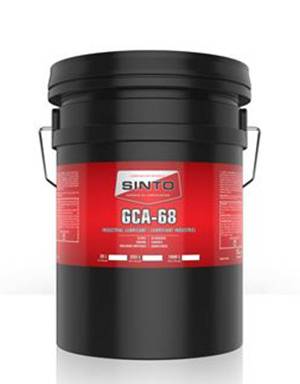12월 . 25, 2024 10:05 Back to list
Various Types and Applications of Micrometers in Precision Measurement
Types of Micrometers Precision Tools for Measurement
Micrometers are precision measurement instruments widely used in fields such as engineering, manufacturing, and metalworking. They are essential for measuring small dimensions with a high degree of accuracy, typically within the range of 0.001 mm. This article explores the various types of micrometers and their specific applications.
1. External Micrometers
External micrometers, often simply referred to as micrometers, measure the external dimensions of an object, such as its thickness or diameter. These micrometers consist of a calibrated screw and a measuring face that comes into contact with the object being measured. The most common external micrometer has a thimble and a sleeve, allowing users to read measurements from a scale.
External micrometers are frequently used in machining and manufacturing to ensure that parts meet specified tolerances. They can measure a range of materials, including metal, plastic, and wood. Additionally, these micrometers come in various sizes, enabling measurements from fractions of a millimeter to several inches.
2. Internal Micrometers
Internal micrometers are designed to measure the internal dimensions of holes, tubes, and other cylindrical objects. Unlike external micrometers, which have a single measuring face, internal micrometers feature two or more measuring surfaces that expand to fit inside the object. This design allows for precise measurements of internal diameters and wall thicknesses.
The construction of internal micrometers can vary; some feature a bell crank design, while others may utilize a standard screw mechanism. Internal micrometers are vital in industries where precise hole dimensions are crucial, such as in automotive and aerospace manufacturing.
3
. Depth MicrometersDepth micrometers are specialized tools used to measure the depth of holes, grooves, and recesses. The measuring rod projects from a base, allowing users to gauge depth by placing the base flat against the surface and extending the rod into the hole. Depth micrometers are particularly useful for measuring blind holes and step depths in components.
types of micrometer

These instruments can be found in a variety of designs, including digital and analog models. Depth micrometers are essential for quality control processes in machining, where depth measurements are often critical to a part’s functionality.
4. Universal Micrometers
Universal micrometers are versatile measuring instruments that combine the features of external, internal, and depth micrometers. This multipurpose tool provides the convenience of measuring various dimensions with minimal equipment. Usually, universal micrometers come with interchangeable measuring heads, allowing users to switch between measuring external and internal dimensions, as well as depths.
Due to their versatility, universal micrometers are particularly popular in workshops and laboratories where different types of measurements are frequently required. They save time and simplify the measuring process.
5. Digital Micrometers
Digital micrometers represent a modern advancement in micrometer technology. Unlike traditional analog models that use a scale for reading measurements, digital micrometers display measurements on an electronic screen. This feature eliminates the potential for human error in reading scales and improves the overall ease of use.
Digital micrometers often come with additional features, such as measurement conversion functions (between metric and imperial units), data hold functions, and even Bluetooth connectivity for data transfer to computers or other devices. These features make digital micrometers a preferred choice in high-precision applications.
Conclusion
Micrometers play a vital role in ensuring the precision and quality of manufactured products. Understanding the different types of micrometers—external, internal, depth, universal, and digital—allows users to choose the right tool for their specific measurement needs. In a world where accuracy is paramount, the proper use of micrometers can significantly enhance productivity and ensure that standards are met. As technology continues to evolve, so too will the capabilities of micrometers, making them increasingly indispensable in various industries.
-
Why Metric Trapezoidal Thread is Ideal for Precision Motion ControlNewsAug.05,2025
-
The Unique Properties of a Block of Granite for Industrial UseNewsAug.05,2025
-
The Role of Flanged Y Strainers in Preventing Pipeline ClogsNewsAug.05,2025
-
The Importance of Regular Calibration for Master Ring GagesNewsAug.05,2025
-
How a Cast Iron Surface Table Enhances Accuracy in ManufacturingNewsAug.05,2025
-
Comparing Different Check Valve Types for Optimal Flow ControlNewsAug.05,2025
Related PRODUCTS









